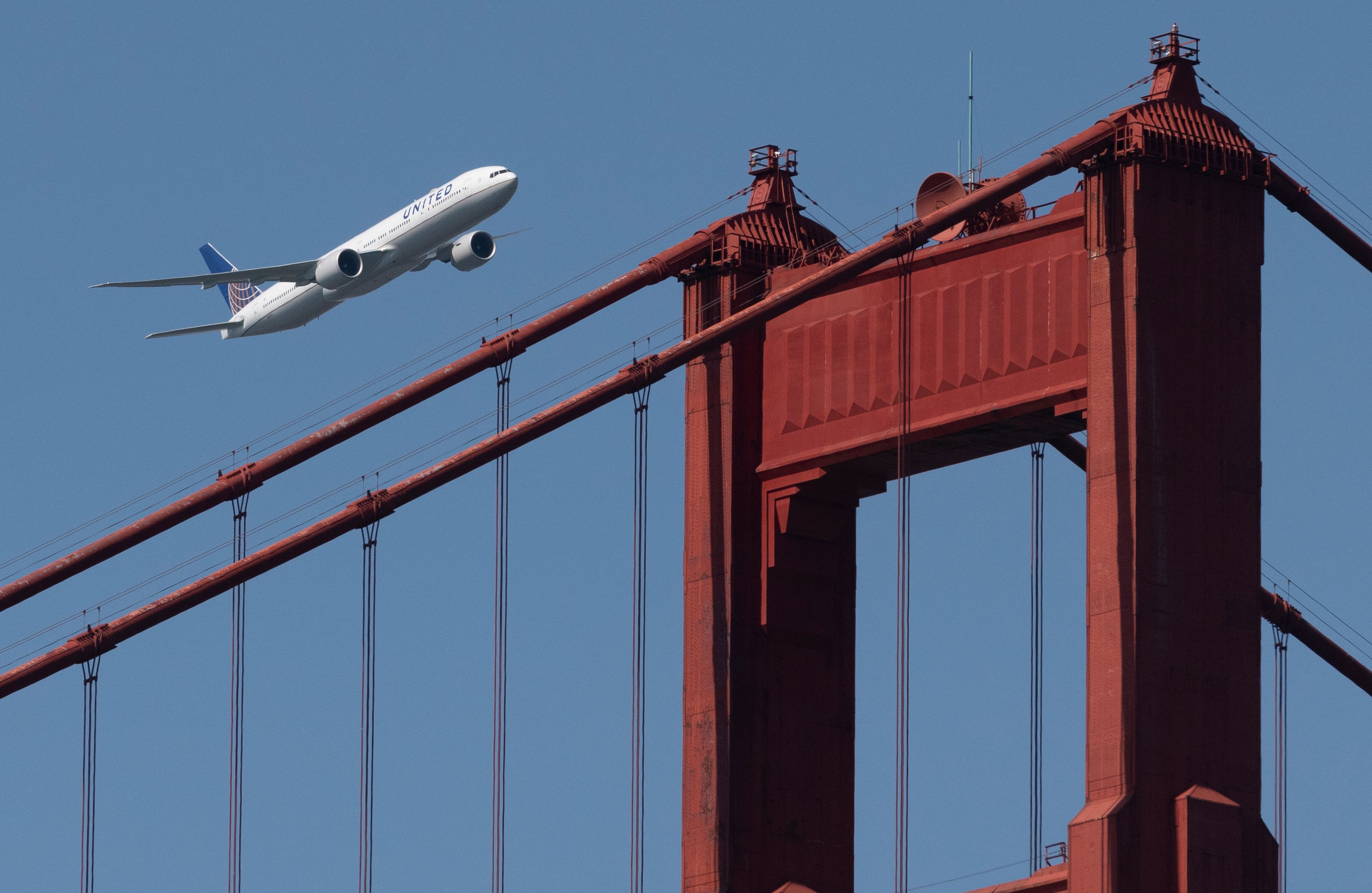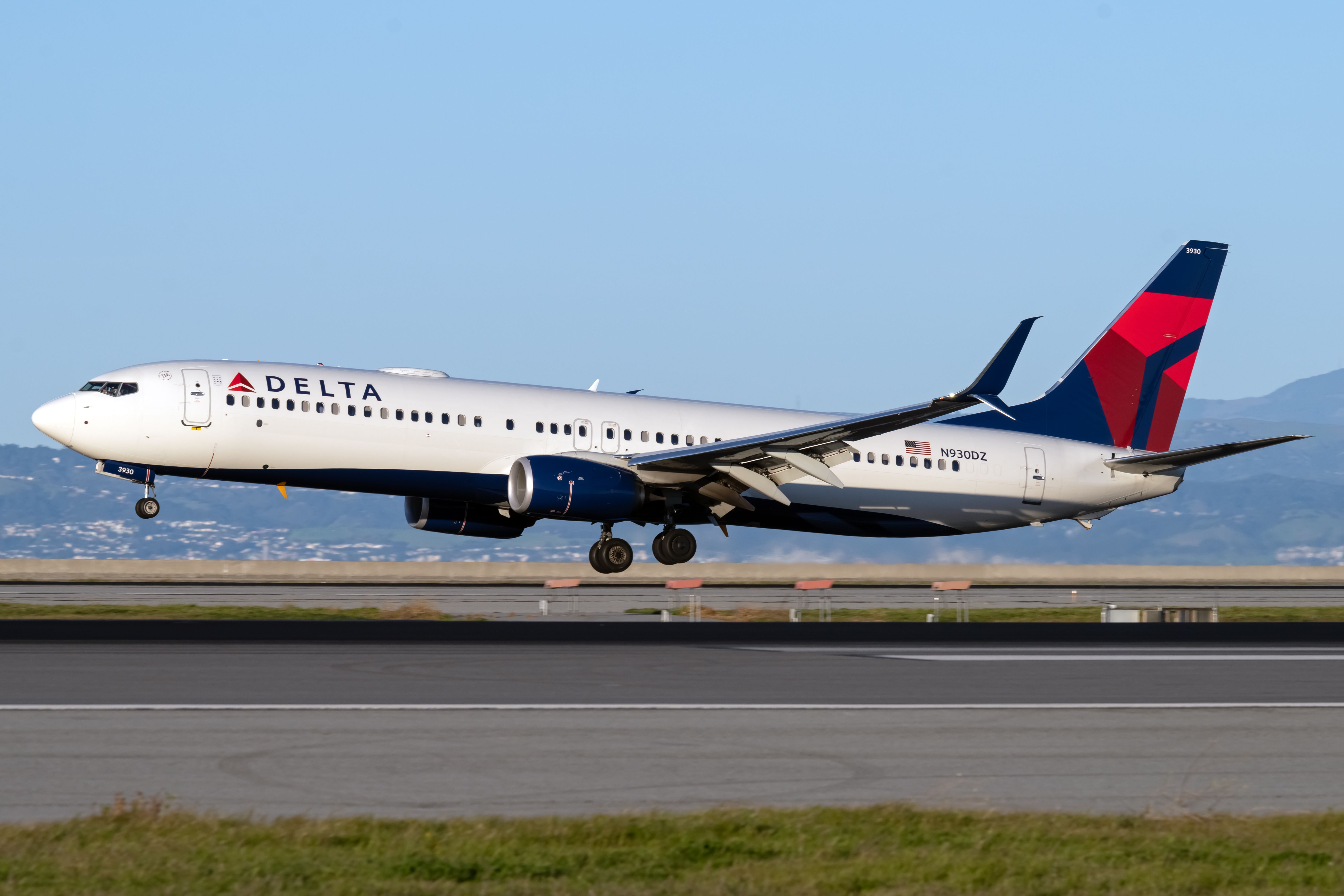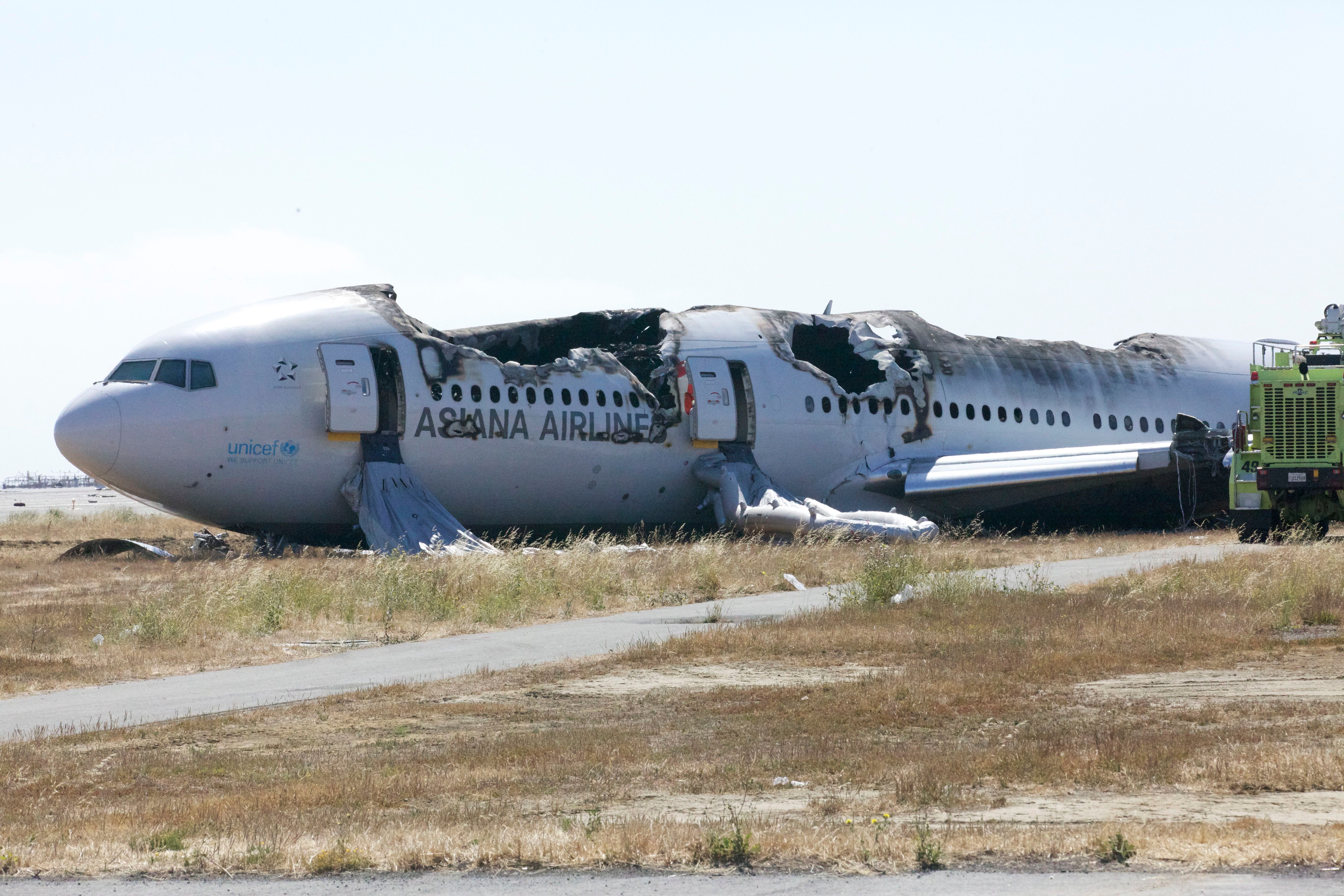On September 28th, San Francisco International Airport (SFO) completed its full-scale emergency exercise to test the airport's preparedness for a potential extraordinary event. Let's have a closer look at what the exercise test consisted of.
San Francisco carries out emergency tests
Running an airport implies being prepared to handle both ordinary operations as well as unexpected and safety-concerning scenarios. Consequently, all airports regularly have to carry out emergency drills to test the responsiveness of all the departments and subjects involved in a potential emergency.
San Francisco International is one of the US's busiest hubs; according to the Official Airline Guise (OAG), in 2022, SFO handles a capacity of 50,923,228 seats. Consequently, it must be prepared to respond efficiently to any potential accidents. On September 28th, the airport completed its full-scale emergency exercise. This consists in simulating an aircraft accident to test emergency procedures for communication, incident command, and coordination between multiple agencies.
Emergency response is a teamwork
On the occasion, Ivar C. Satero, San Francisco International's Director, highlighted how the hub has undergone a multitude of changes over the last few years; however, the top priority has never stopped being safety and the commitment to emergency preparedness. Preparing for such a dramatic scenario implies coordinating and collaborating with many agencies; therefore, he said he is grateful for the participation of so many members of the SFO community in the emergency drill.
Particularly relevant in the event of an accident at the airport is the Emergency Operations Center (EOC); the EOC plays a crucial role in restoring normal operations following an extraordinary event such as an accident. Ivar Satero also mentioned the importance of the Mobile Command Post, a purpose-built vehicle whose aim is to give incident commanders full situational awareness, including coordinated communication and CCTV access, regardless of their location. Interestingly, although federal regulations require airports to conduct such tests every three years, San Francisco International autonomously runs this full-scale emergency drill annually.
A plane crash can happen when less expected
Although flying is one of the safest modes of transport nowadays, it is true that both flying crew and ground staff continuously need to train to deal with a potential accident, whose chances of happening, although very limited, can never be eliminated entirely.
At San Francisco International, this was the case when a seven-year-old Asiana Airlines Boeing B777-200ER crashed on final approach, causing three fatalities, while 49 people were severely injured. Four months after the accident, San Francisco International Airport Officials released the results of a self-evaluation study regarding the response and recovery following the crash of Asiana flight 214. The evaluation process, supported by an independent consulting firm, recognized the successful coordination of the different parties involved in response and recovery.
Get the latest aviation news straight to your inbox: Sign up for our newsletters today.
The areas of improvement identified by the report included the need to adopt standard Emergency Medical Response Procedures (EMS) between San Francisco and San Mateo counties and the integration of additional medevac resources. Customer service initiatives were also mentioned as relevant items to include in ongoing medical procedures, such as keeping airport restaurants open 24 hours and assisting passengers with hotel rates.
Do you think that all airports should carry out emergency tests yearly? Let us know in the comment below!



-(1).jpg)
